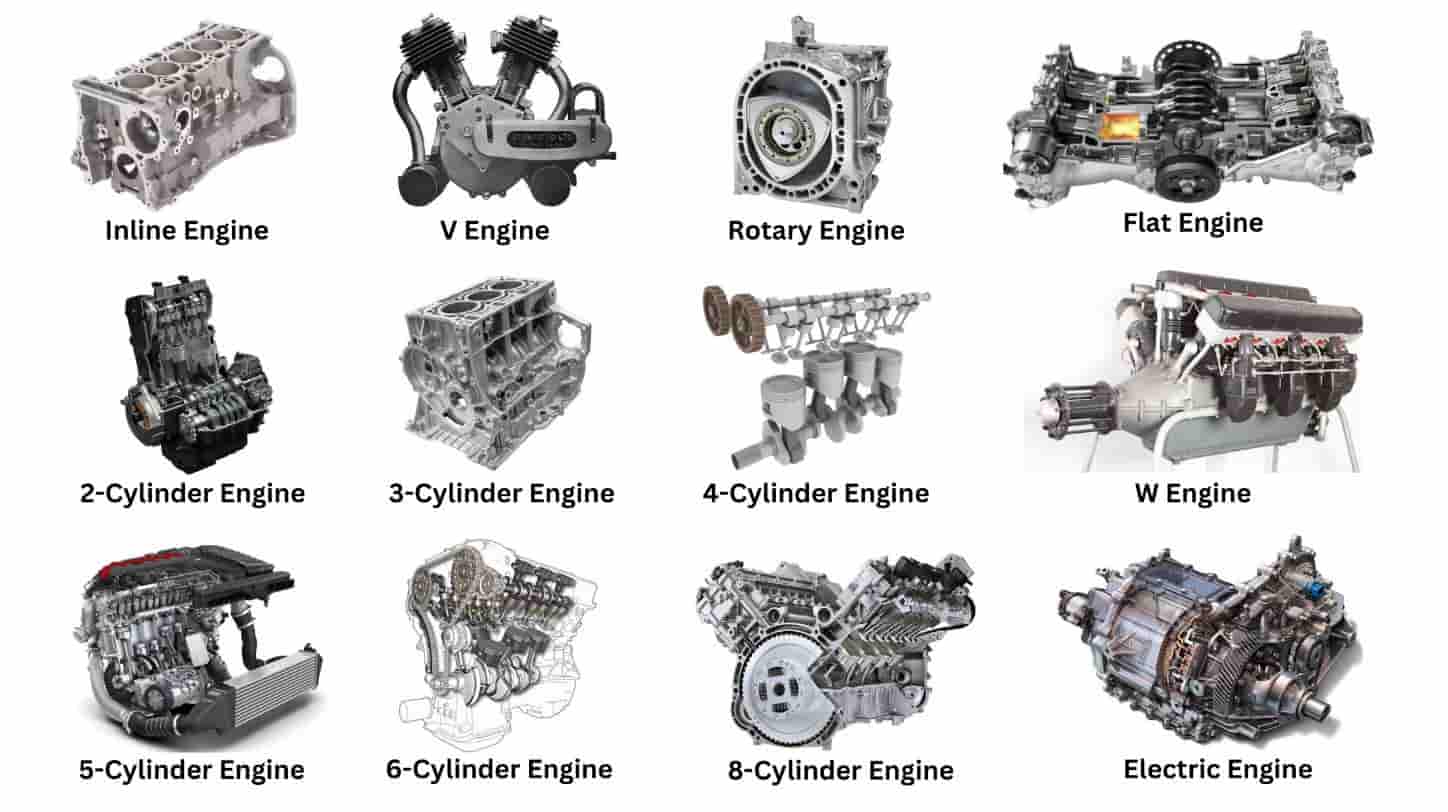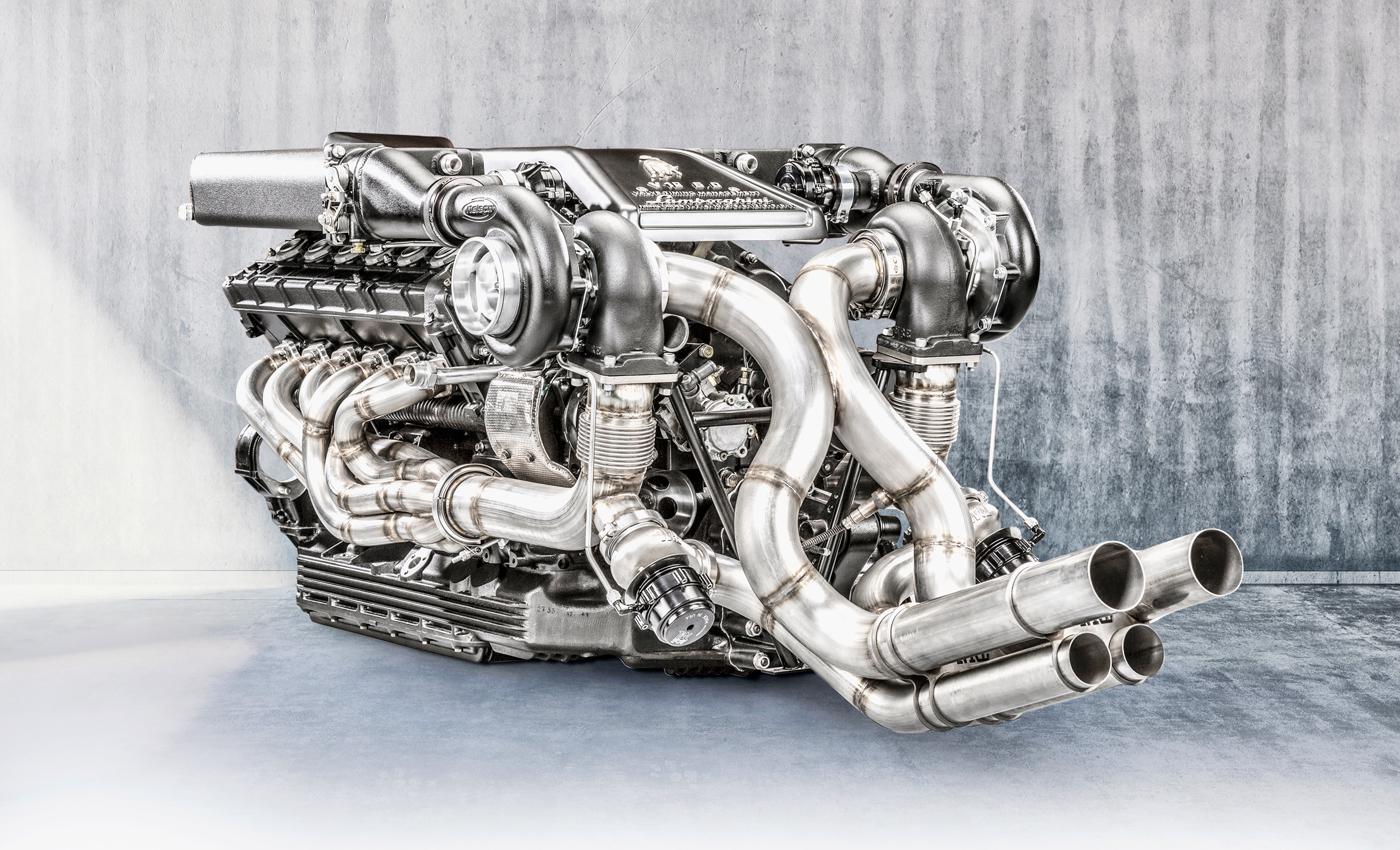Engines for Africa: Your Ultimate Automobile Parts Store for Top Quality Car Parts
Engines for Africa: Your Ultimate Automobile Parts Store for Top Quality Car Parts
Blog Article
The Advancement of High-Performance Automotive Powerplants: A Thorough Overview of Cutting-Edge Engine Technologies in the Modern Automotive Sector
The mission for much more reliable, effective, and ecologically conscious engines has led to a myriad of innovations that have actually improved the method we assume about auto power. From turbocharging developments to the smooth combination of crossbreed powertrains, the realm of high-performance engine modern technologies continues to push borders and redefine possibilities.
Turbocharging Advancements
The evolution of high-performance vehicle powerplants has been substantially affected by continuous improvements in turbocharging innovations. Turbocharging has changed the automotive sector by offering an extra reliable means of enhancing engine power result without significantly enhancing engine variation. By harnessing exhaust gases to drive a turbine that presses the inbound air right into the engine, turbochargers effectively enhance the air-fuel mix's thickness, causing boosted burning and higher horsepower levels.
Among the key developments in turbocharging modern technology is the growth of variable geometry turbos (VGTs) or variable nozzle turbines (VNTs) These systems enable much more precise control over boost levels, reducing turbo lag and improving engine response across a wider variety of RPMs. Additionally, twin-scroll turbochargers have become popular in high-performance applications due to their ability to separate exhaust pulses for far better power application.
Crossbreed Powertrain Assimilation
Proceeding the trajectory of technical improvements in vehicle powerplants, the combination of hybrid powertrains marks a substantial change towards enhancing both efficiency and performance in modern-day automobiles. Crossbreed powertrains integrate conventional internal burning engines with electrical motors, permitting boosted fuel economic climate, decreased emissions, and raised power result (engines for africa). By effortlessly blending the staminas of both source of power, crossbreeds use a versatile solution that provides to varying motoring problems and demands
One trick benefit of hybrid powertrain assimilation is the capability to recapture power throughout braking or cruising, storing it in the vehicle's battery for later usage. This regenerative braking attribute not only boosts effectiveness yet likewise contributes to expanding the general range of the automobile. The instant torque shipment of electrical motors matches the power distribution of internal burning engines, resulting in enhanced velocity and responsiveness.
Automakers are continually refining hybrid powertrain modern technologies, aiming to strike a balance in between performance and sustainability. engines for africa. As customer demand for green yet powerful cars expands, the assimilation of hybrid powertrains is poised to play an essential duty in forming the future of automotive propulsion systems

Advanced Fuel Injection Systems
With developments in automobile innovation, the application of sophisticated fuel injection systems has transformed the performance and efficiency of modern cars. These innovative gas shipment systems have replaced conventional carburetors due to their superior precision in delivering fuel to the engine. Straight gas injection, where fuel is splashed straight into the combustion chamber, allows for better control over fuel-air combination, causing enhanced power outcome and fuel efficiency.
Among the vital benefits of advanced gas shot systems is their capability to adapt to differing motoring conditions in real-time. This flexibility ensures optimum engine efficiency across various circumstances, whether it be during hostile acceleration or travelling at a consistent speed. Additionally, contemporary fuel injectors are made to atomize gas much more effectively, advertising cleaner combustion and reducing unsafe discharges.
Furthermore, progressed fuel shot systems play a crucial duty in allowing the execution of other cutting-edge engine innovations, such as turbocharging and variable valve timing, additional enhancing the total power and efficiency of high-performance auto powerplants.
Performance-Enhancing Electronics

One key modern technology that exemplifies this is the Electronic Control Device (ECU), which serves as the brain of the engine monitoring system. The ECU processes real-time data from various sensors to precisely control ignition timing, fuel injection, and other vital specifications, leading to enhanced power shipment and gas effectiveness. Furthermore, innovations like variable valve timing (VVT) and electronic throttle control (ETC) further add to maximizing engine performance by adjusting shutoff opening times and throttle actions based on driving conditions.
Additionally, performance-enhancing electronics enable attributes such as launch control, grip control, and adaptive suspension systems, enhancing both the driving experience and total automobile performance. The constant evolution and integration of these innovative digital systems remain to push the borders of vehicle engineering, leading to extra effective, efficient, and technologically progressed high-performance cars.
Future Fads in Engine Growth
As vehicle powerplants advancement with the integration of performance-enhancing electronic devices, the trajectory of engine advancement is positioned to accept future trends that will certainly redefine the landscape of high-performance cars. One prominent fad on the perspective is the ongoing downsizing of engines without jeopardizing power result. This downsizing is accomplished through modern technologies like turbocharging and electrification, allowing smaller sized engines to provide the efficiency of Read Full Article larger ones while boosting fuel performance.
One more vital pattern is the boosting adoption of hybrid powertrains in high-performance lorries. Hybrid systems incorporate internal burning engines with electric motors to improve velocity and overall efficiency while reducing discharges. In addition, improvements in products science are driving the growth of lighter and stronger engine elements, adding to improved effectiveness and power-to-weight proportions.
Moreover, the market is relocating in the direction of more sustainable methods, with an expanding emphasis on alternate gas such as biofuels, hydrogen, and synthetic fuels. These eco-friendly options not just lower the environmental impact of high-performance automobiles yet additionally provide chances for more enhancing engine performance. In general, the future of engine growth in the auto industry is identified by development, sustainability, and effectiveness.
Final Thought
In conclusion, the auto sector has actually seen substantial developments in high-performance engine innovations, including turbocharging developments, hybrid powertrain integration, advanced gas shot systems, and click to read more performance-enhancing electronic devices. These advancements have revolutionized the capabilities of modern-day powerplants, bring about boosted effectiveness, power outcome, and general performance of vehicles. As modern technology remains to progress, future patterns in engine development are anticipated to additionally boost the performance and sustainability of automobile powerplants.
Turbocharging has changed the vehicle market by offering a more reliable ways of increasing engine power result without dramatically boosting engine displacement.As auto powerplants development with the integration of performance-enhancing electronic devices, the trajectory of engine growth is poised to welcome future patterns that will redefine the landscape of high-performance lorries. Generally, the future basics of engine development in the auto market is identified by advancement, efficiency, and sustainability.
In final thought, the auto market has actually seen significant improvements in high-performance engine modern technologies, including turbocharging technologies, hybrid powertrain combination, progressed fuel shot systems, and performance-enhancing electronic devices. As innovation proceeds to evolve, future patterns in engine growth are expected to additionally boost the performance and sustainability of vehicle powerplants.
Report this page